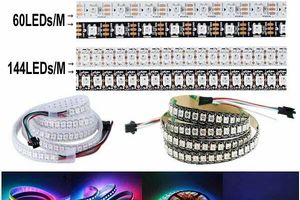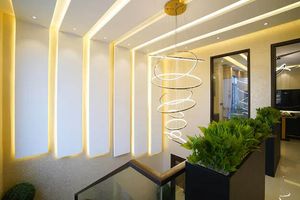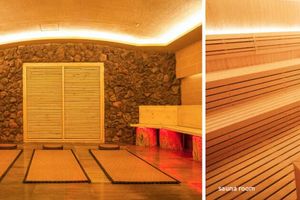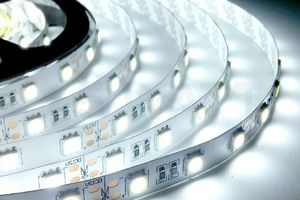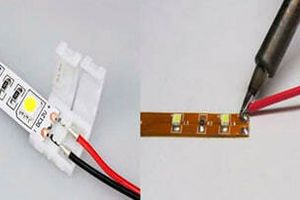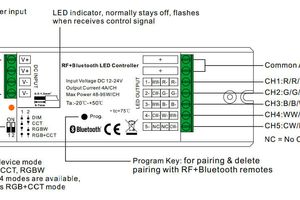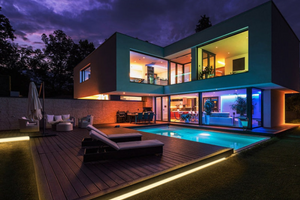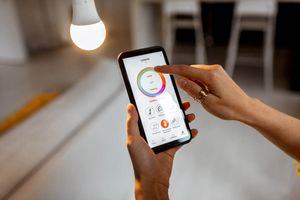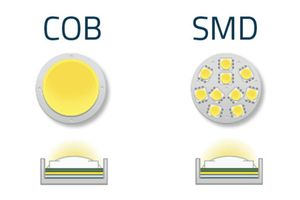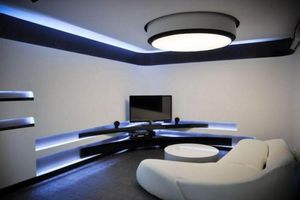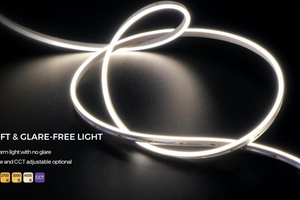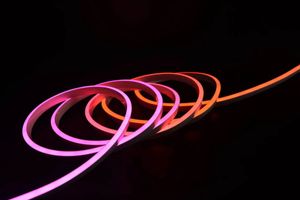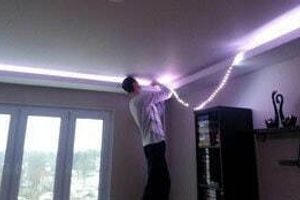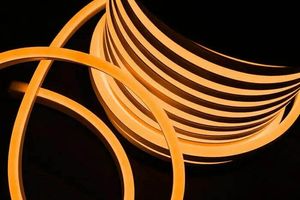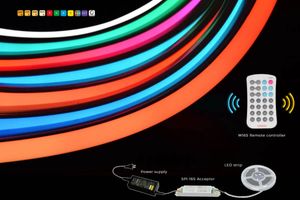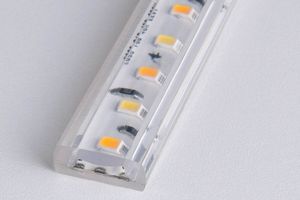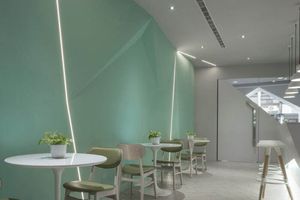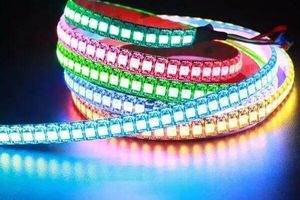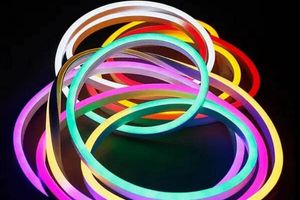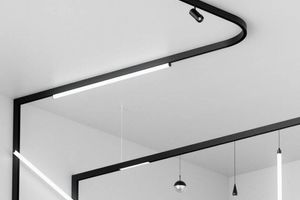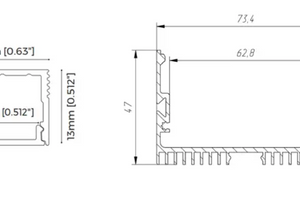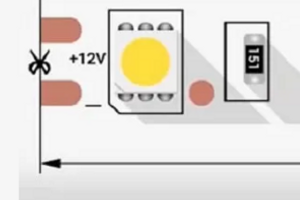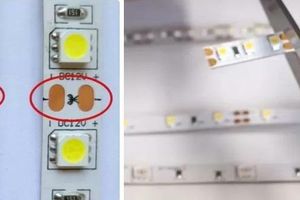The profile for an LED strip is a key element for creating stylish and durable lighting in your interior. It not only provides an aesthetic look to the LED strip but also performs several important functions.

What is an LED strip profile?
An LED strip profile is an aluminum channel into which the LED strip, for example, a COB type, is installed. This component serves several important purposes:
- Efficient cooling: LEDs generate heat during operation, and the profile helps dissipate this heat, preventing the strip from overheating and extending its lifespan.
- Protection from damage: The profile protects the LED strip from mechanical impacts, such as bumps and scratches.
- Protection from moisture and dust: For use in areas with high humidity, such as bathrooms or kitchens, the profile with additional sealing prevents moisture and dust from reaching the strip.
- Aesthetic function: The profile gives a finished and neat appearance to the LED lighting, allowing it to blend into any interior.
- Light direction: Some profiles are equipped with matte or transparent covers that help diffuse or concentrate the light.
Types of LED strip profiles
The market offers many different profiles that vary in shape, size, material, and installation method:
- Surface-mounted profiles: Installed on the surface using adhesive or screws.
- Recessed profiles: Mounted in pre-prepared grooves, such as in drywall.
- Corner profiles: Ideal for lighting corners and niches.
How to choose a profile?
When selecting a profile for an LED strip, it is important to consider the following points:
- Strip power: For high-power LEDs, it is preferable to use profiles with larger cross-sections to efficiently dissipate heat.
- Operating conditions: Moist environments require profiles with enhanced moisture protection.
- Interior design: The profile should harmonize with the overall style of the room.
Installing the LED strip into the profile
The process of installing an LED strip into a profile is fairly simple and can be done independently. First, the strip is inserted into the profile, then the profile is attached to the surface using fasteners or adhesive.
Installation tips
- Choose quality materials: A reliable profile will ensure the longevity of the LED strip.
- Calculate the length with a margin: The length of the profile should match the length of the strip, with a small margin.
- Follow the instructions: Each type of profile has its own installation features, so it is important to carefully follow the instructions.
- Use the appropriate adhesive: For securing the profile, use an adhesive suitable for working with aluminum and plastic.
Conclusion
An LED strip profile is not just a decorative element but an essential part of the lighting system. The correct choice and installation of the profile will ensure the longevity and safety of the LED strip, as well as help create impressive lighting in your interior.














